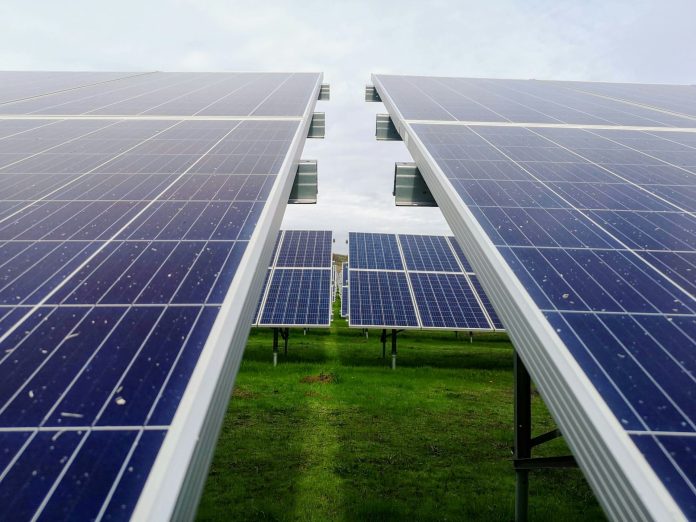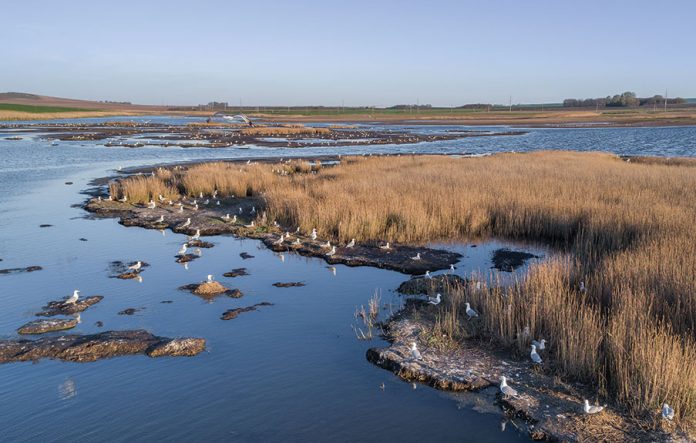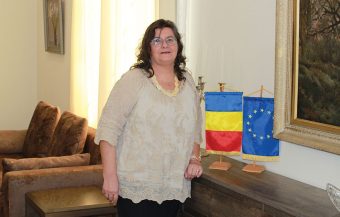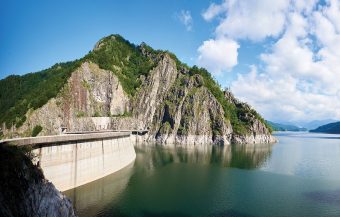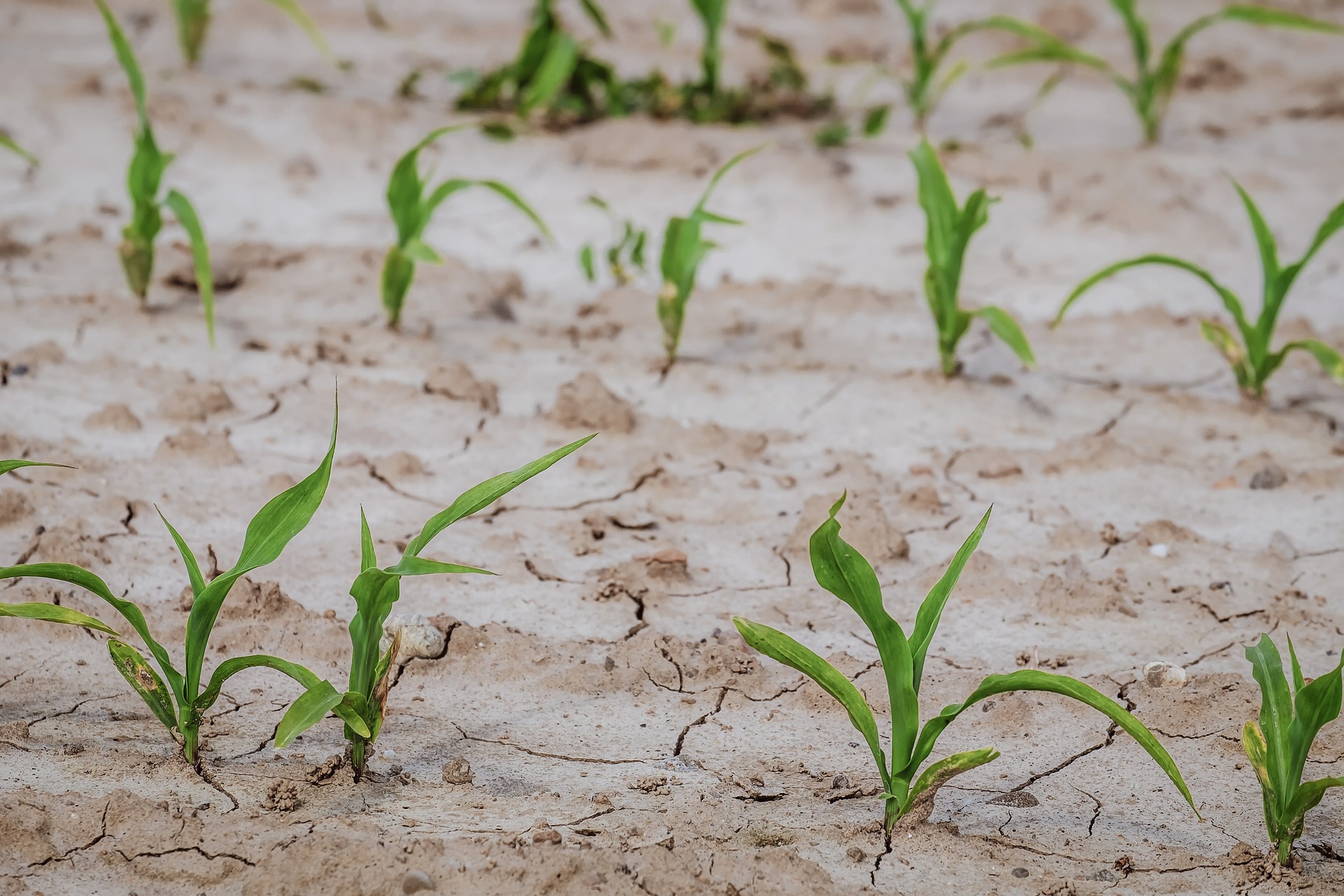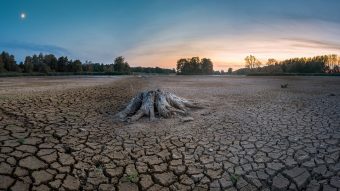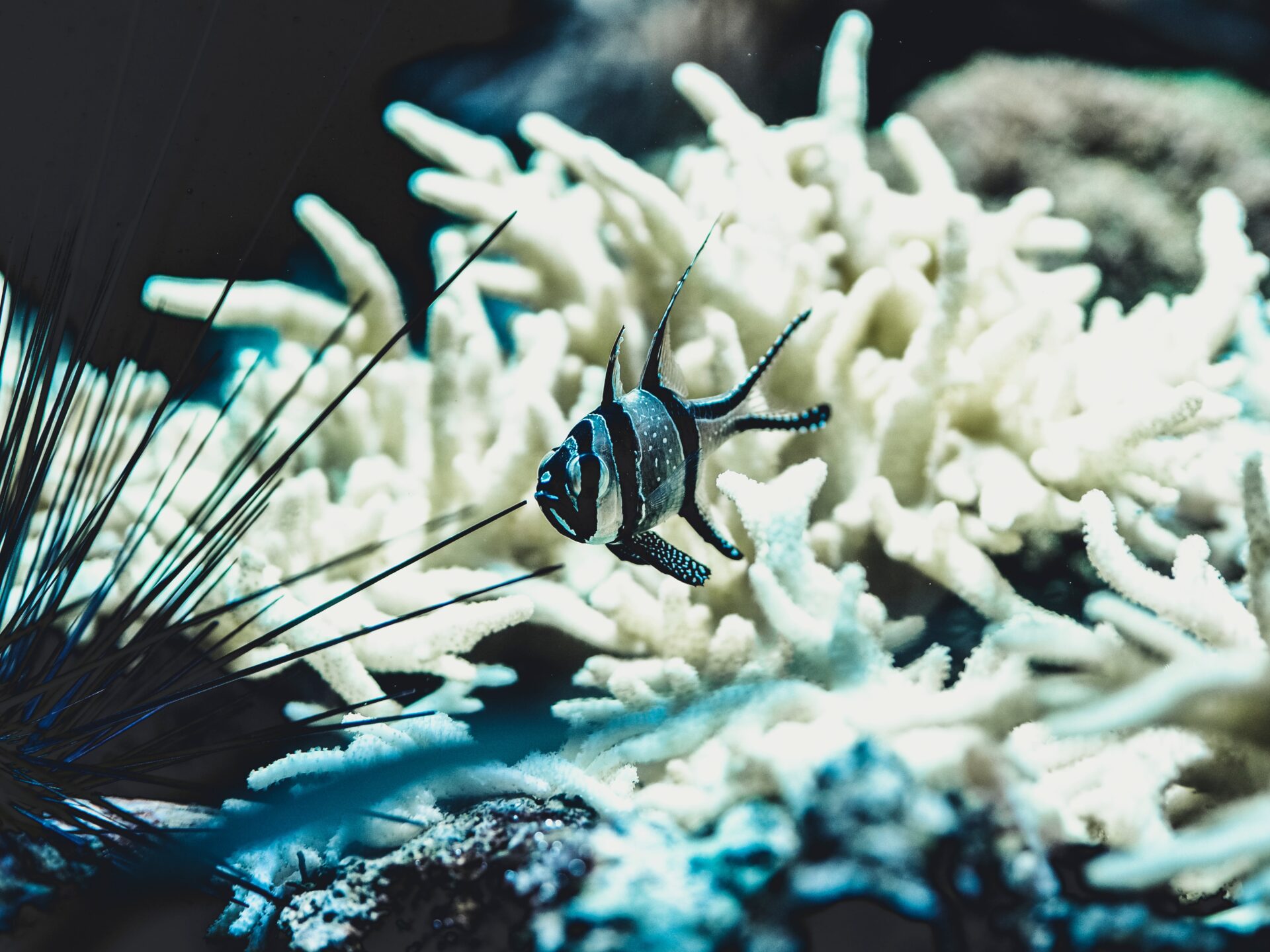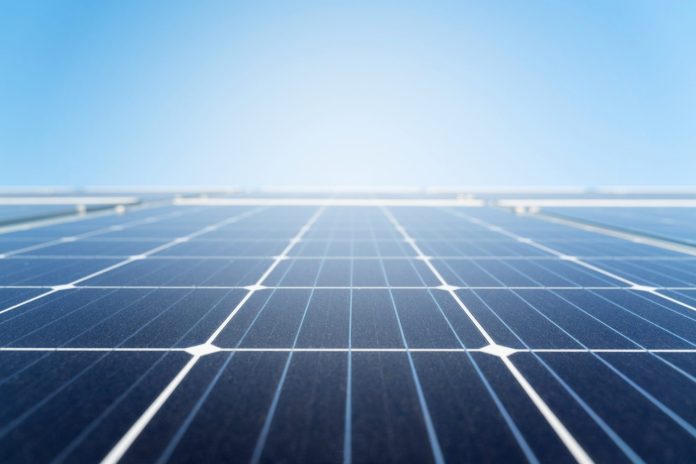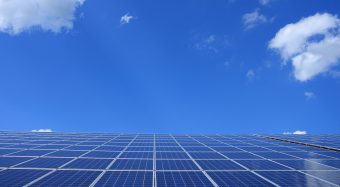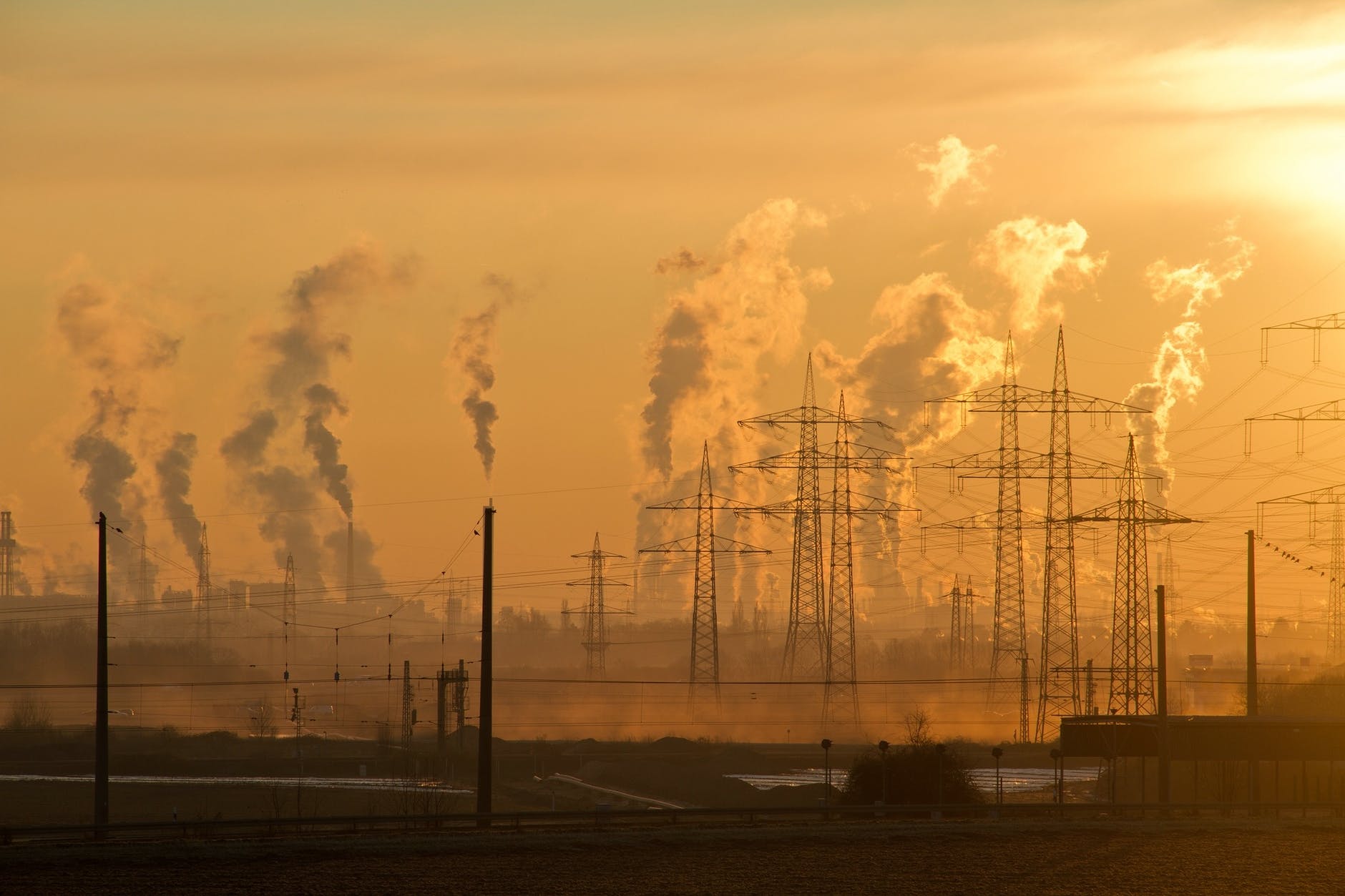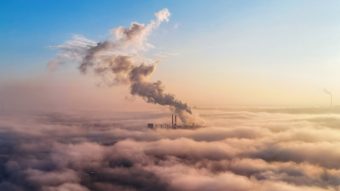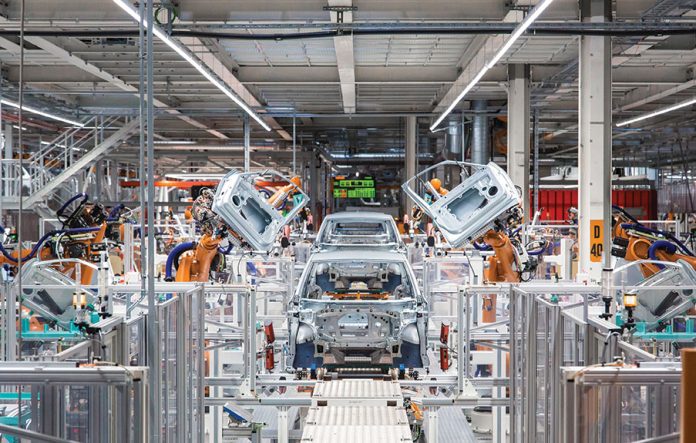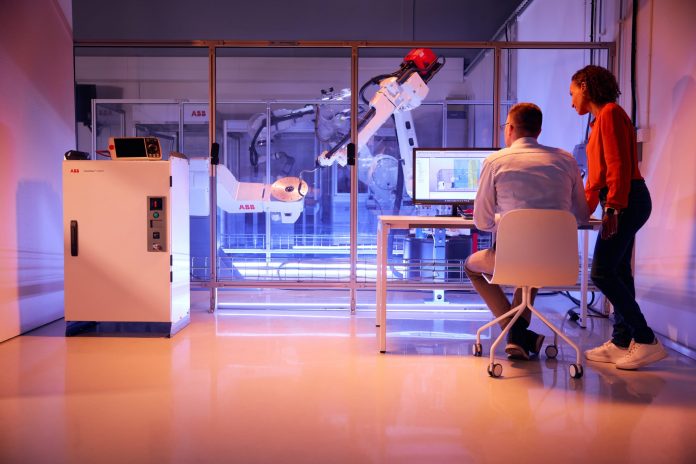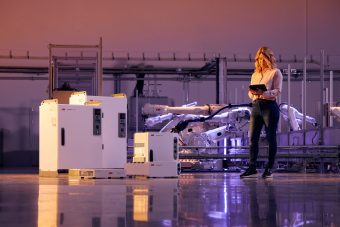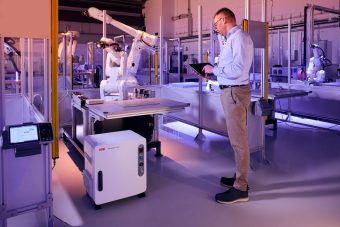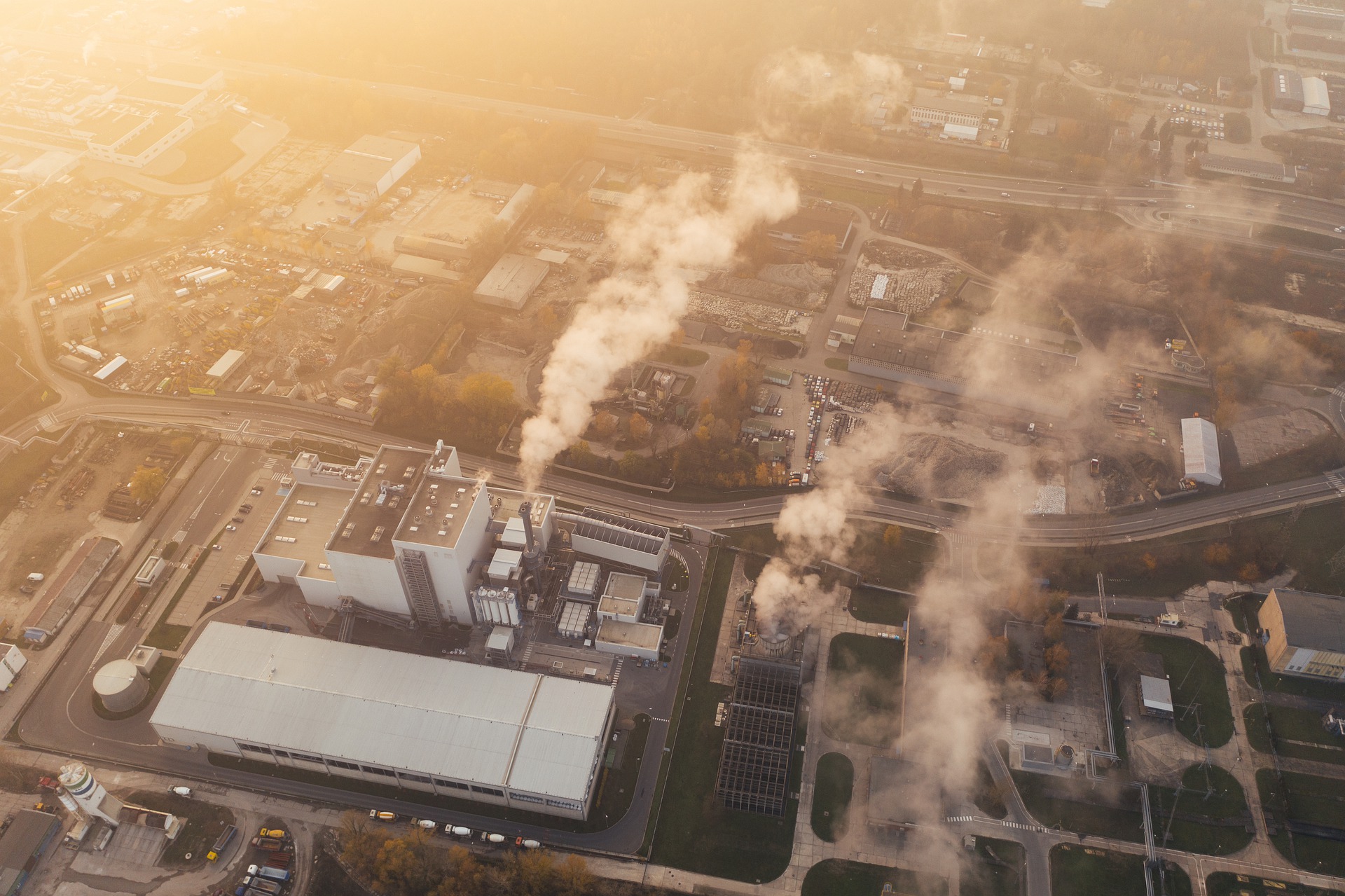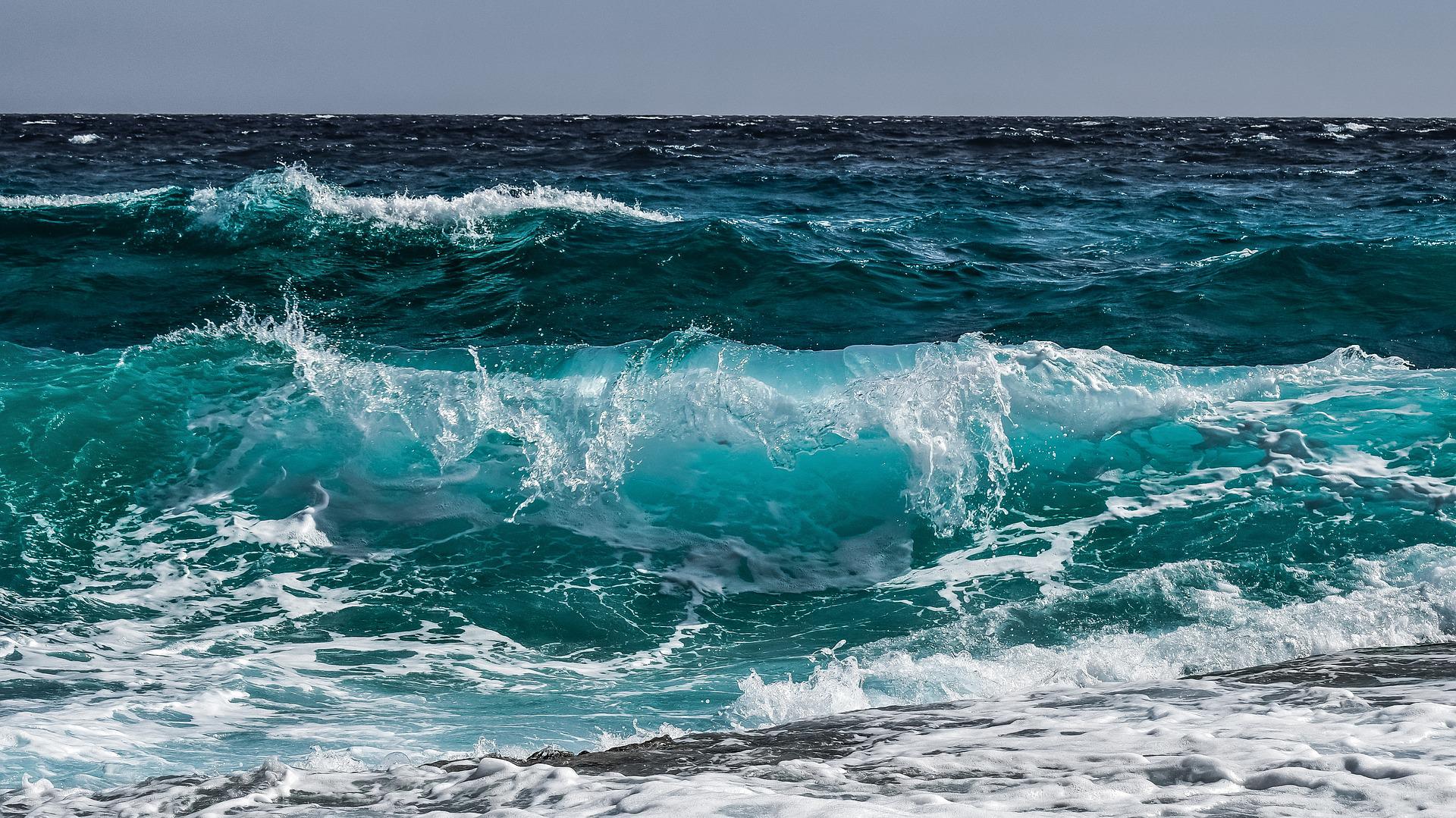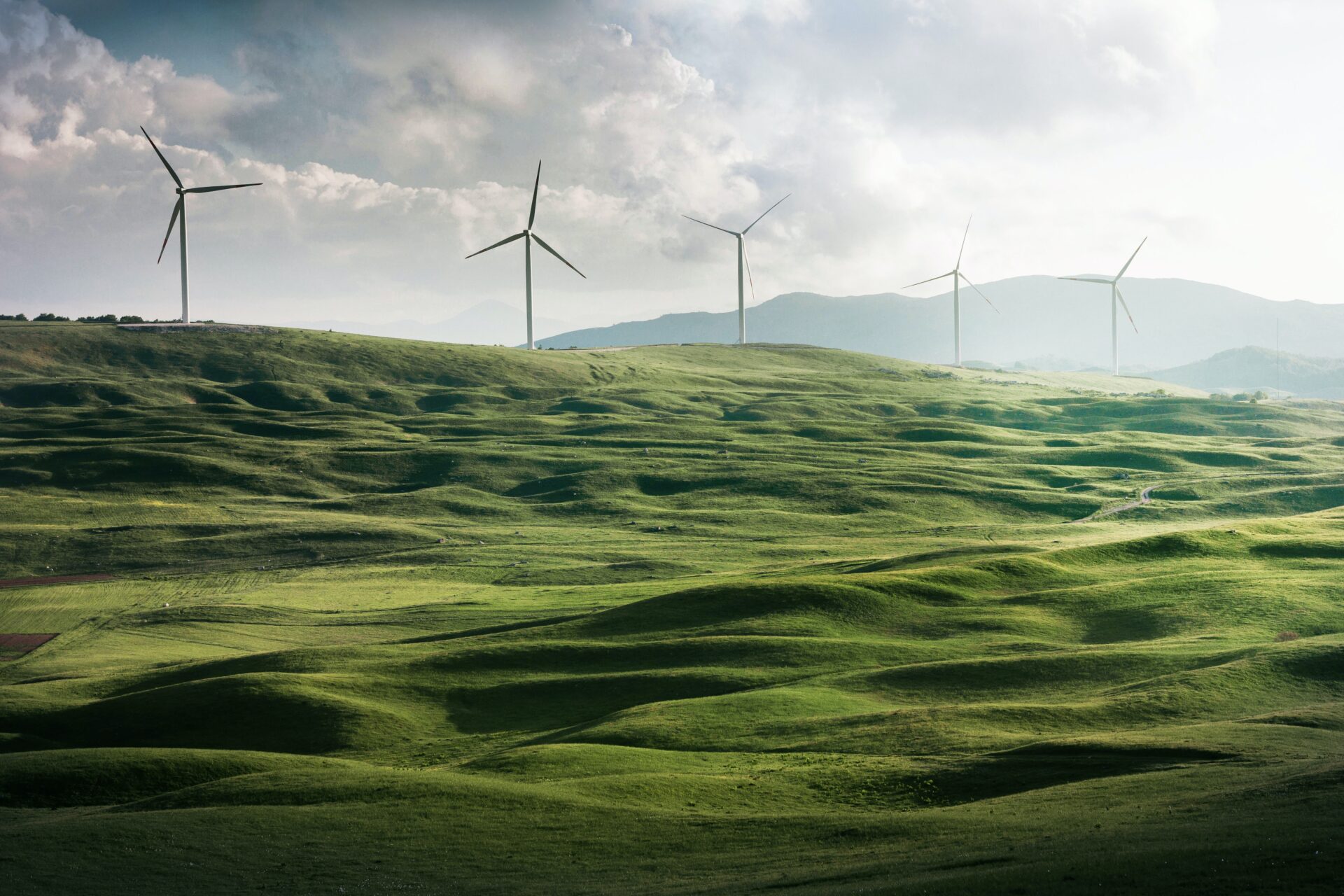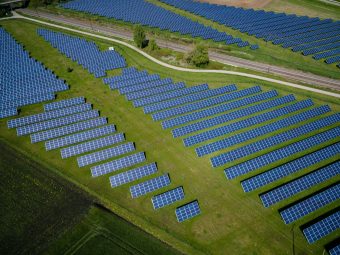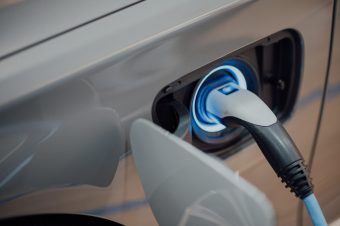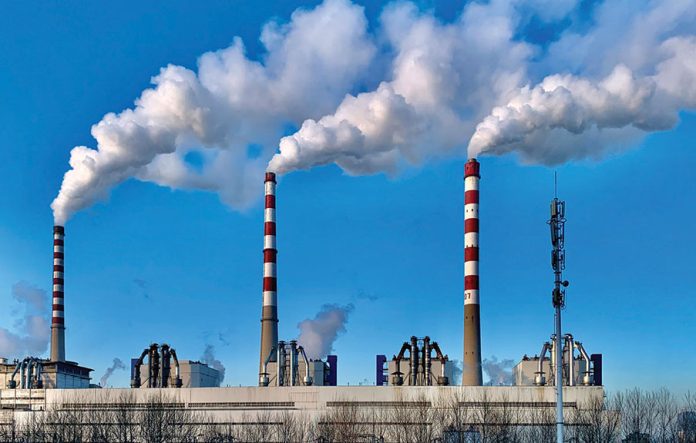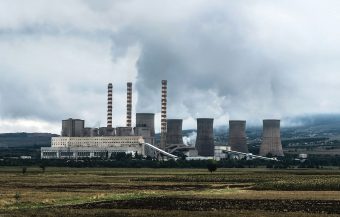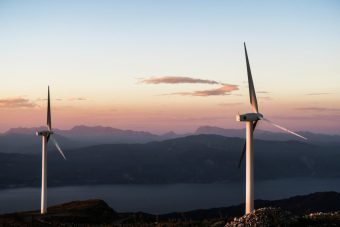
Despite pressures on financing, global investment in clean energy is set to reach almost double the amount going to fossil fuels in 2024, helped by improving supply chains and lower costs for clean technologies, according to a new IEA report.
Total energy investment worldwide is expected to exceed 3 trillion dollars in 2024 for the first time, with some 2 trillion dollars set to go toward clean technologies – including renewables, electric vehicles, nuclear power, grids, storage, low-emissions fuels, efficiency improvements and heat pumps – according to the latest edition of the IEA’s annual World Energy Investment report. The remainder, slightly over 1 trillion dollars, is going to coal, gas and oil. In 2023, combined investment in renewable power and grids overtook the amount spent on fossil fuels for the first time.
The new report warns, however, that there are still major imbalances and shortfalls in energy investment flows in many parts of the world. It highlights the low level of clean energy spending in emerging and developing economies (outside China), which is set to exceed 300 billion dollars for the first time – led by India and Brazil. Yet, this accounts for only about 15 per cent of global clean energy investment, far below what is required to meet growing energy demand in many of these countries, where the high cost of capital is holding back the development of new projects.
“Clean energy investment is setting new records even in challenging economic conditions, highlighting the momentum behind the new global energy economy. For every dollar going to fossil fuels today, almost two dollars are invested in clean energy,” said IEA Executive Director Fatih Birol. “The rise in clean energy spending is underpinned by strong economics, by continued cost reductions and by considerations of energy security. But there is a strong element of industrial policy, too, as major economies compete for advantage in new clean energy supply chains. More must be done to ensure that investment reaches the places where it is needed most, in particular the developing economies where access to affordable, sustainable and secure energy is severely lacking today.”
More:
- RAPID ROLLOUT OF CLEAN TECHNOLOGIES MAKES ENERGY CHEAPER, NOT MORE COSTLY
- EBRD IS SUPPORTING RENEWABLE INVESTMENTS IN ROMANIA
- FRANCE COMMITS TO BIG OFFSHORE WIND VOLUMES
When the Paris Agreement was reached in 2015, the combined investment in renewables and nuclear for electricity generation was twice the amount going to fossil fuel-fired power. In 2024, this is set to rise to ten times as much, the report highlights, with solar PV leading the transformation of the power sector. More money is now going into solar PV than all other electricity generation technologies combined. In 2024, investment in solar PV is set to grow to 500 billion dollars as falling module prices spur new investments.
China is set to account for the largest share of clean energy investment in 2024, reaching an estimated 675 billion dollars. This results from strong domestic demand across three industries in particular – solar, lithium batteries and electric vehicles. Europe and the United States follow, with clean energy investment of 370 billion dollars and 315 billion dollars respectively. These three major economies alone make up more than two-thirds of global clean energy investment, underlining the disparities in international capital flows into energy.
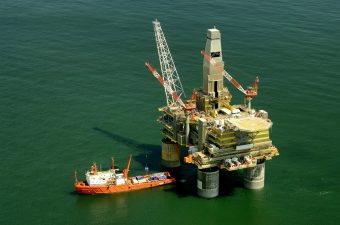
Global upstream oil and gas investment is expected to increase by 7 per cent in 2024 to reach 570 billion dollars, following a similar rise in 2023. The growth in spending in 2023 and 2024 is predominantly by national oil companies in the Middle East and Asia. The report finds that oil and gas investment in 2024 is broadly aligned with the demand levels implied in 2030 by today’s policy settings, but far higher than projected in scenarios that hit national or global climate goals. Clean energy investment by oil and gas companies reached 30 billion dollars in 2023, accounting for only 4 per cent of the industry’s overall capital spending, according to the report. Meanwhile, coal investment continues to rise, with more than 50 gigawatts of unabated coal-fired power approved in 2023, the highest since 2015.
In addition to economic challenges, grids and electricity storage have been a significant constraint on clean energy transitions. But spending on grids is rising and is set to reach 400 billion dollars in 2024, having been stuck at around 300 billion dollars annually between 2015 and 2021. The increase is largely due to new policy initiatives and funding in Europe, the United States, China and some countries in Latin America. Meanwhile, investments in battery storage are taking off and set to reach 54 billion dollars in 2024 as costs fall further. Yet again, this spending is highly concentrated. For every dollar invested in battery storage in advanced economies and China, only one cent was invested in other emerging and developing economies.
Source: IEA


